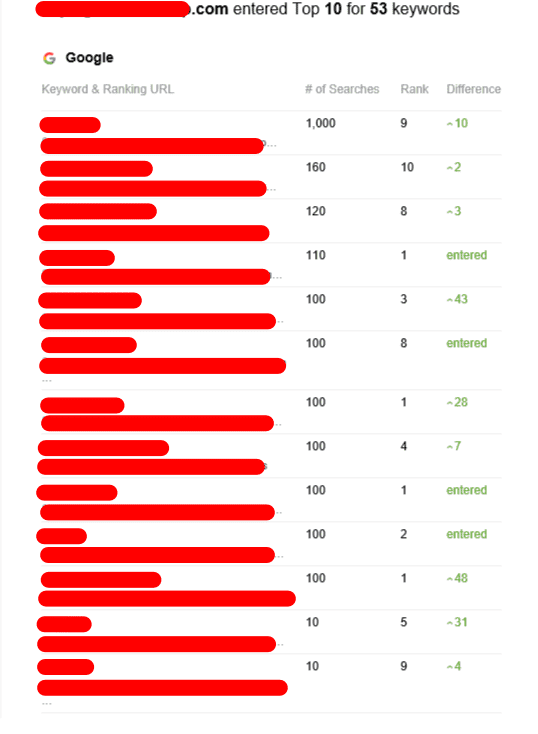Tiered Link Building
Tiered link building is a well-known SEO backlink-building strategy that increases the PageRank value of your website. This is a black-hat practice however, and it could result in a penalty from Google.
First-tier backlinks are reliable high-quality, high-quality links that bring lots of PageRank to your website. These links are typically acquired through guest posts, press release and social media profiles. They can also be found in directories.
Tier 1
Tiered link building is a method to boost the authority of your domain by linking to pages on other websites that have a high ranking. This is known as link juice transfer, and it is a reliable method of SEO. Link building can be done by hand or with automated tools. If you opt to use automated tools, you must be sure to follow the guidelines of Google's Webmaster guidelines. You could end up breaking Google's terms of services, and may be penalized.
A first tier backlink is dofollow link that transfers PageRank value from its parent site to its destination website. You can get these links by experimenting with link outreach and generating relevant content. It is ideal to acquire links from trustworthy sources that have high domain authority. For example, a first-tier link to Real Business could be useful for your particular niche since it will transfer a lot of authority in ranking to your website.
By pointing to guest blog posts posted by websites with higher rankings, you can increase your domain authority. This is a great way to boost your rankings because it indicates that you have a positive relationship with the higher authority website. These links can also be acquired via forums, social media and bio profiles. However, you should stay clear of using tier 2 backlinks on sites that have spammy content.
Tier 2
Tier 2 backlinks are an excellent method to boost the effectiveness of existing links. These links can boost your Google rank and drive more traffic to your site. Tier 2 links are also cheaper than the first-tier ones. You should only create Tier 2 backlinks on pages that have high authority on the domain. Making the right choice of link building strategies will ensure your campaign will be successful.
When it comes to tier 2 backlinks, quality isn't as important as it is for first-tier backlinks. You can also use links from sites that have lower authority in the domain, as long as they don't look like to be spammy. This includes directories, review sites, and social bookmarking sites. Additionally, it includes forum links and web 2.0 links. It is important not to using automated tools when creating Tier 2 links, since search engines are able to easily identify them.
When choosing a tier 2 donor site it is crucial to select one that has an excellent reputation and is associated with your topic. If you're writing about digital agencies, for instance, you should search for a site with a strong SEO profile and a large online audience. Otherwise, you could be wasting your time and money. For this reason, it is recommended to pick a tier 2 donor site with a DR of between 20 and 50.
Tier 3
Generally speaking, tier 2 backlinks can be used to boost existing links that already have good page-level power. They can also be used to boost the authority of new sites or blog posts that need an extra boost to rank on Google. However, you must be cautious when you use tier 2 backlinks. You should never use them as direct links to your site for money, and it's recommended that you only build second-tier backlinks using high quality sites that have good domain authority.
Second-tier backlinks could be made up of dofollow and nofollow hyperlinks, and should be sourced from reliable, trustworthy websites. This includes PBNs (public-private networks), article directories forums social media posts, and web 2.0 sites. It is crucial to remember that you must adhere to Google's guidelines for building links on this kind of website.
Tier 3 backlinks are the ones with the lowest quality in your tiered link-building strategy. They're generally nofollow and do not have much link equity, however they can increase your site's domain authority. This could help it be more prominent in search engine results, leading to more sales and traffic.

Many SEO practitioners are now employing tier-based link-building, but there are risks involved. It's possible to view it as a gray-hat technique that violates Google guidelines and could lead to penalties. Although it may be effective in certain circumstances however, it's crucial to do your research and choose a strategy that works best for your business.
Risks
Tiered link building can be an unpopular choice and can harm your website's search engine optimization. Despite the benefits, tiered links should only be utilized when they are the sole option to boost your backlink profile and have the resources to do it on an extensive scale. Otherwise, you could end up infringing Google's algorithm and could face being penalized.
Utilizing tier links can be a risky business, particularly if you use an illegal method. Black-hat methods are generally linked schemes that may be temporary. Google will eventually get used to your scheme, or you'll be tired of maintaining fake backlinks.
The fact that tiered links could hurt your rankings by distributing too much link juice is another issue. If tier link building in seo getting too many links from low-quality websites your performance will decline. This happens when companies use automated tools for backlinking to build up too many links.
Then, tiered links are difficult to monitor and track. It's crucial to use a tool that allows you to view all links within your backlink profile, so that you can track their performance. Otherwise, it's easy to overlook some links and lose their significance. The good news is that there are a variety of white-hat methods to build your backlinks. The results can last for a long time.
